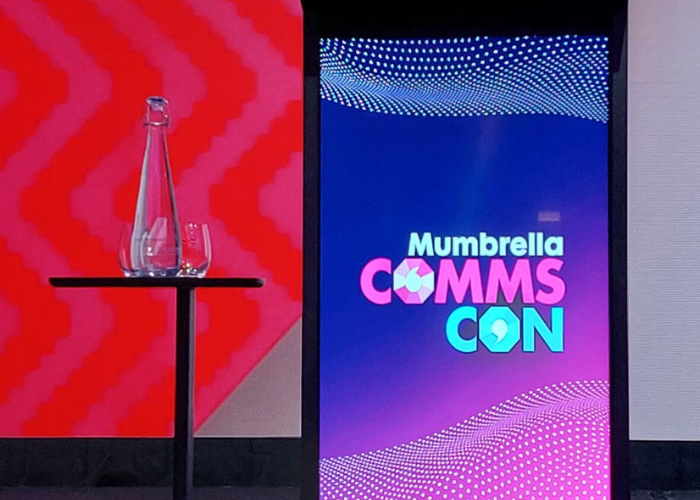Last month the team and I, along with our client Belinda, attended CommsCon, a major national PR and comms conference, to explore the latest trends, strategies, and challenges in our field.
It was a chance for us to shake up our routine, get some fresh perspectives, and foster team and client learning – each of us crisscrossing the program then coming together at breaks to talk about what inspired us.
Thinking back to the sessions that got the most “team talk” time I thought I’d share a couple of thoughts:
Creative risk-taking culture: Creativity has never been more important in business. In this session Kat Kearney, Brand Marketing Director at Who Gives A Crap, described how the brand shone a light on the impact of deforestation by reimagining of the iconic AA Milne children’s classic, as ‘Winnie-The-Pooh: The Deforested Edition’
Every illustration of the forest was one in which all the trees were cut down.
It was a big and pure idea that needed protecting as executive lawyers, Disney and many others grappled with the validity, legality and risk of the concept.
In the end the creative idea championed and the book sold out in the United States in less than 48 hours, sparking global headlines and debate.
Gen Z culture shapers: As a Gen Xer, watching the Millennials start to handover to Gen Z as our “cultural shape shifters” I enjoyed this insightful session from Poem’s Rob Lowe, who pondered what it means for the future of PR and comms.
The biggest takeaway for me was that we need to understand where our brand or campaigns have a place in culture. In the past (i.e. when I stated my career in comms over 30 years ago) media really controlled our view of the word. Then new technology (think social channels, YouTube etc) firstly fragmented the media then democratised content creation, taking power from the centralised and widely held views of our world, giving everyone the opportunity to be a content creator and have influence.
And now we find ourselves in the “culture era”. But not culture that is long held and developed over years. Culture in terms of what is relevant now, based on micro trends and culture that is fluid and constantly changing.
As business leaders we need to be aware of what is going on and not just do what we always did. It’s about being more human and focus on our how our brands can earn a place in culture and be relevant. In short, we have to work harder to understand if what we have to say is enough for people to care and be interested.
There were many other highlights like…
- A session on transparency & accountability – how brands that prioritise authenticity build trust with their audiences
- AI & journalism: and how it will transform storytelling and media relations
- And an interesting one for all of us no matter our role, how to combat burnout
Chat to the team and I’m sure they will be happy to share their insights and as always we’ll keep keeping on top of our game to best support you.
Sue Hardman

